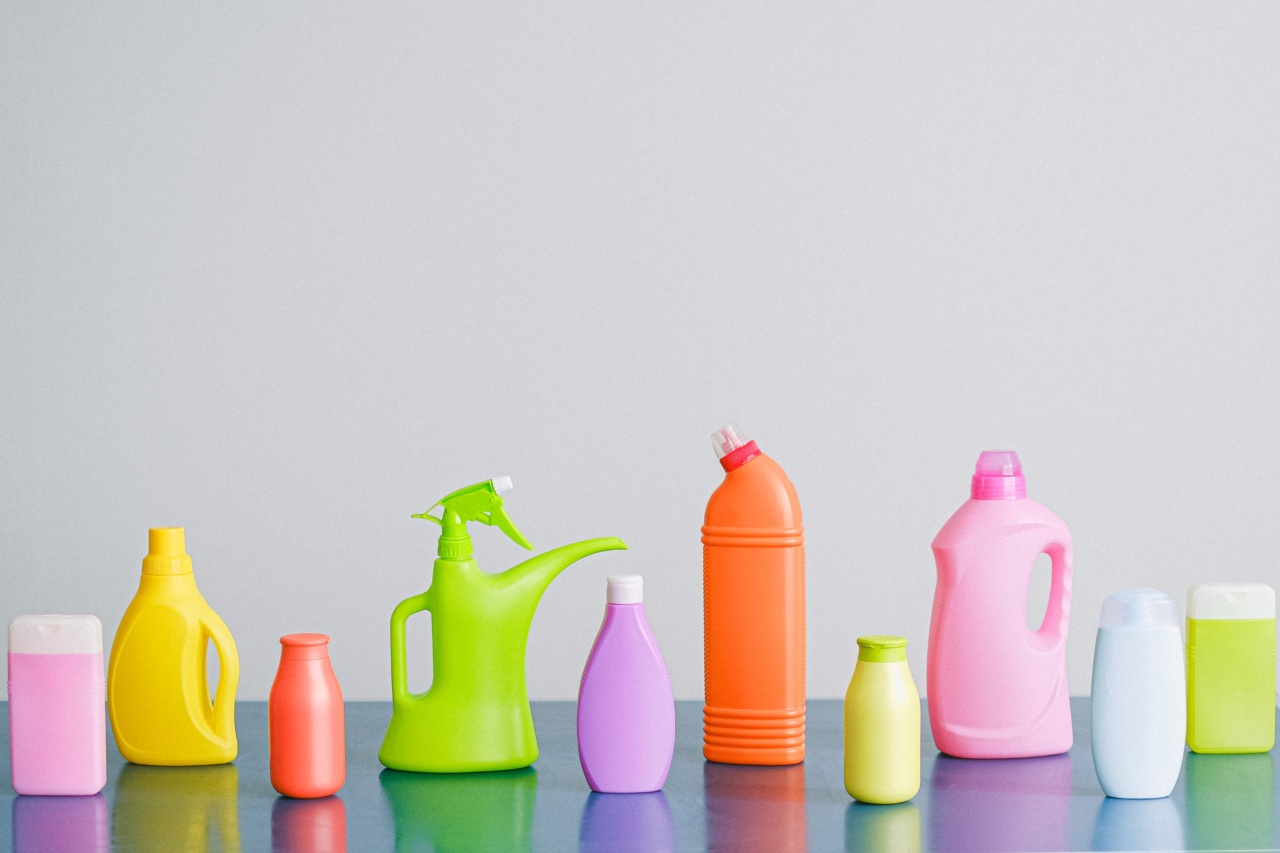Seafood, including fish and shellfish, is not only delicious but also packed with valuable nutrients. However, to truly enjoy the flavors and health benefits of seafood, proper cleaning techniques are crucial.
Cleaning seafood not only removes potential contaminants but also ensures its quality and flavor. Whether you are a seasoned seafood connoisseur or a novice cook, these essential tips for seafood cleaning will help you prepare your favorite aquatic delights with confidence.
1. Choose Fresh and High-Quality Seafood
When it comes to seafood, freshness is paramount. Opt for seafood that smells fresh, has bright eyes, shiny scales, and firm flesh.
Avoid seafood with a strong fishy odor, dull appearance, or slimy texture, as these are signs of poor quality or deterioration.
2. Store Seafood Properly
Ensure your seafood stays fresh by refrigerating it at or below 40°F (4°C). Keep it in a sealed container to prevent cross-contamination with other foods. If you plan to consume it within a day or two, store it on ice in the refrigerator.
Alternatively, you can store seafood in the freezer for longer periods.
3. Handle Seafood with Clean Hands and Tools
Prioritize cleanliness when handling seafood. Wash your hands thoroughly with antibacterial soap before and after touching seafood.
Additionally, use separate cutting boards, knives, and utensils for seafood to avoid cross-contamination with other food products, particularly those consumed raw.
4. Rinse Seafood with Cold Water
Before cleaning seafood, give it a quick rinse with cold water. This helps remove loose debris and surface contaminants.
5. Scaling Fish
If you are dealing with whole fish, removing the scales is an essential step. Use the back of a knife or a fish scaler to scrape from the tail towards the head, removing the scales in short strokes.
Rinse the fish thoroughly afterward to remove any loose scales.
6. Gutting and Cleaning Fish
If you prefer cooking fish whole, gutting it is necessary. Make a cut along the belly from the pelvic fin towards the gills. Remove the entrails and rinse the fish under cold water. Carefully scrape off any remaining blood or organs.
Pat the fish dry with paper towels.
7. Shucking Oysters
Oysters are a delicacy enjoyed around the world. To shuck an oyster, hold it flat-side up and insert an oyster knife or a strong, pointed knife into the hinge. Apply gentle pressure until the hinge pops open.
Run the knife along the top shell to detach the oyster. Remove any debris and keep the oyster on the bottom shell for presentation.
8. Cleaning Shellfish
Cleaning shellfish, such as clams and mussels, is vital to eliminate any sand, grit, or debris. Scrub the shells under running water using a stiff brush to remove dirt.
Discard any shellfish that remain open or have cracked shells to ensure quality and safety.
9. Removing the Sand Vein in Shrimp
When dealing with shrimp, it’s important to remove the dark-colored vein known as the sand vein. To do this, make a shallow cut along the shrimp’s back and use the tip of a knife or a shrimp deveiner tool to lift and remove the vein.
Rinse the shrimp thoroughly.
10. Properly Discard Unused Parts
After cleaning seafood, discard any unused parts in a sealed bag or container. Properly dispose of it to avoid attracting pests or causing unpleasant odors in your kitchen.































